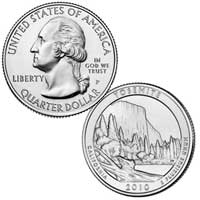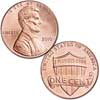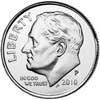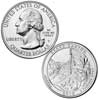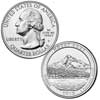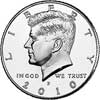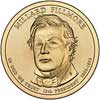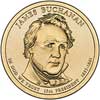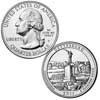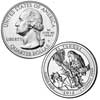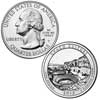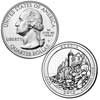The unique landscape of Yosemite is the work of millions of years of natural forces. Around 10 million years ago, the area was uplifted and tilted which formed the relatively gentle slope of the land. Then around 1 million years ago giant glaciers started to contour the massive valleys out of the granite hills.
Intent on protecting the area, concerned citizens lobbied the United States Congress which passed the Yosemite Grant which was signed by President Abraham Lincoln in 1864. In setting aside the land for public use, the grant paved the way for the creation of the first national park in Yellowstone less than a decade later.
Finally, in the early 1900's, naturalist John Muir camped with President Theodore Roosevelt near Glacier Point during which he extolled the virtues of Yosemite. Roosevelt agreed and in 1906 he signed a bill placing Yosemite under the control of the federal government.
Today, an estimated 3.5 million annual visitors enjoy the benefits the park has to offer. Most only spend time in Yosemite Valley enjoying the granite El Capitan and the more famous Half Dome. However, the park features much more scenery, with over 95% of it designated wilderness. Wildlife runs abundant and Yosemite is also home to groves of ancient giant sequoias.
The reverse image depicts the iconic El Capitan, which rises more than 3,000 feet above the valley floor and is the largest monolith of granite in the world. Inscriptions are YOSEMITE, CALIFORNIA, 2010 and E PLURIBUS UNUM. Design candidates were developed in consultation with representatives of Yosemite National Park.
Mintage:
| Philadelphia | Denver | Clad Proof | Silver Proof | 3 Coin Set |
| 35,200,000 | 34,800,000 | 1,400,215 | 859,435 | 19,574 |

